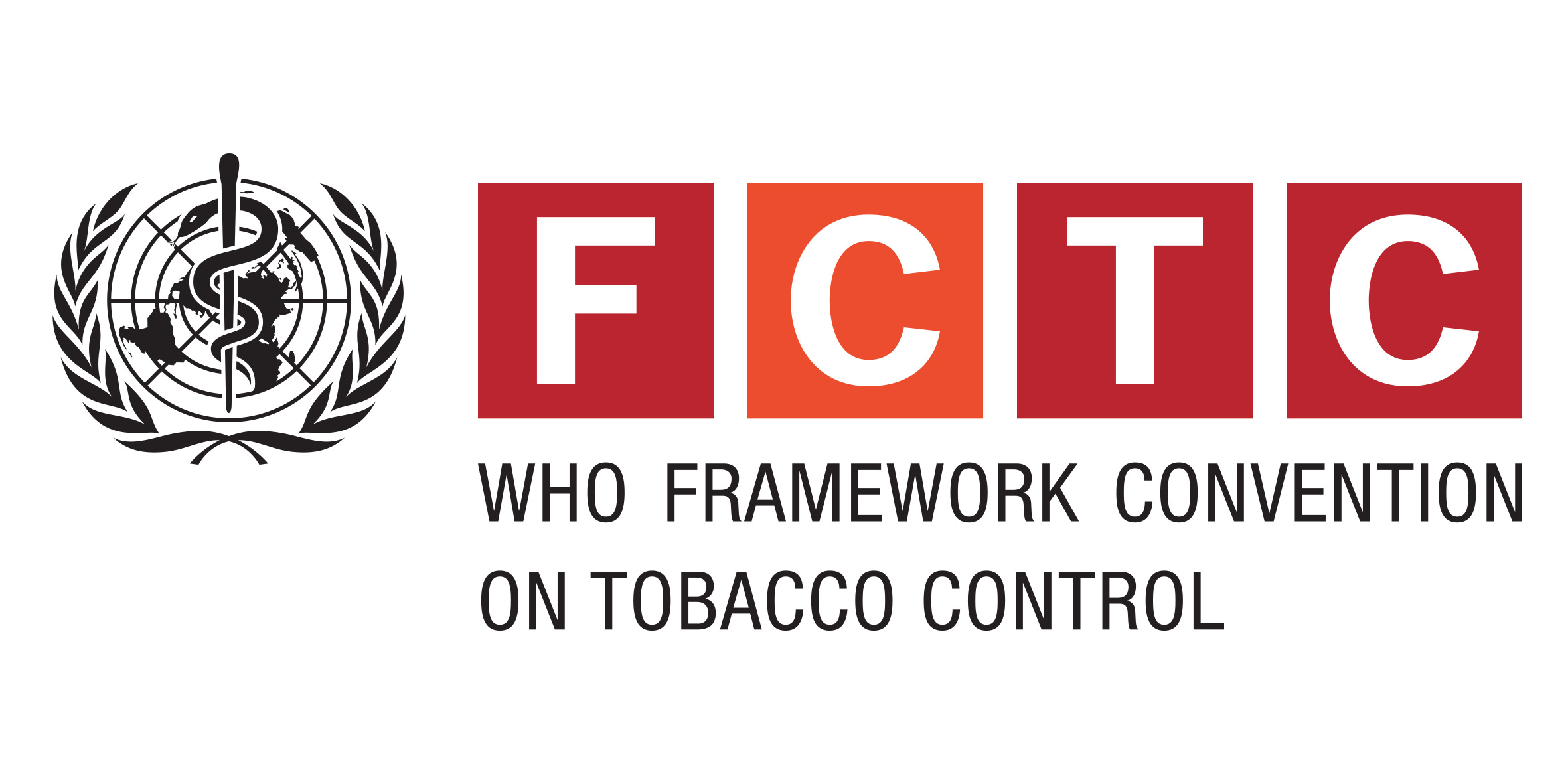Journal Article
Print(0)
American Journal of Physical Anthropology
Am.J.Phys.Anthropol.
Nov
158
3
408
422
CI: (c) 2015; JID: 0400654; 0 (Apatites); 0 (Carbon Isotopes); 0 (Nitrogen Isotopes); 9007-34-5 (Collagen); OTO: NOTNLM; 2014/08/11 [received]; 2015/05/31 [revised]; 2015/06/01 [accepted]; 2015/07/14 [aheadofprint]; ppublish
United States
1096-8644; 0002-9483
PMID: 26173647
eng
Journal Article; IM
10.1002/ajpa.22795 [doi]
Unknown(0)
26173647
OBJECTIVES: Gender and other facets of social identity play important roles in the organization of complex societies. This study reconstructs dietary practices within the Middle Horizon (AD 500-1000) Tiwanaku colonies in southern Peru to increase our knowledge of gendered patterns of consumption within this early expansive state. METHODS: We use stable isotope analysis of 43 human bone samples representing 14 females, 20 males, 8 juveniles, and 1 indeterminate individual recovered from burial excavations at the sites of Rio Muerto and Omo in the Moquegua Valley. Data are contextualized by comparisons with previously published Tiwanaku isotope data from the period. RESULTS: Our results find mean values of delta(13) Capatite = -7.3 +/- 1.6% (N = 36, 1SD), delta(13) Ccollagen = -12.3 +/- 1.5% (N = 43, 1SD), and delta(15) Ncollagen = 8.4 +/- 1.6% (N = 43, 1SD). Between the sexes, Mann-Whitney U tests demonstrate significant differences in delta(13) Ccollagen (U = 74, P = 0.021), but no differences in delta(13) Capatite (U = 58, P = 0.095) or delta(15) Ncollagen (U = 116, P = 0.755) values. CONCLUSIONS: These data indicate relatively high C4 plant consumption among the Tiwanaku colonies, and support paleobotanical and archaeological evidence that maize (Zea mays) was the staple crop. Dietary values are similar overall between the sexes, but significantly higher delta(13) Ccollagen values in males is consistent with a model of gendered norms of consumption similar to that of the later Inca (AD 1438-1533), where males consumed more maize than females, often in the form of beer (chicha). Results provide new insights on social dynamics within the Tiwanaku colonies and suggest the increased importance maize consumption for males during the Tiwanaku expansion.
Wiley Periodicals, Inc
Somerville,A.D., Goldstein,P.S., Baitzel,S.I., Bruwelheide,K.L., Dahlstedt,A.C., Yzurdiaga,L., Raubenheimer,S., Knudson,K.J., Schoeninger,M.J.
Department of Anthropology, University of California, San Diego, La Jolla, CA, 92093-0532.; Department of Anthropology, University of California, San Diego, La Jolla, CA, 92093-0532.; Department of Anthropology, University of California, San Diego, La Jol
20150714
http://vp9py7xf3h.search.serialssolutions.com/?charset=utf-8&pmid=26173647
2015

